Intro
Discover pravastatin uses and benefits, a statin medication lowering cholesterol levels, reducing cardiovascular risk, and preventing heart disease, with benefits including improved lipid profiles and decreased triglycerides.
Pravastatin is a medication that has been widely used for several decades to manage high cholesterol and reduce the risk of cardiovascular disease. It belongs to a class of drugs known as statins, which work by inhibiting the production of cholesterol in the liver. The importance of managing cholesterol levels cannot be overstated, as high cholesterol is a major risk factor for heart disease, stroke, and other cardiovascular conditions. In this article, we will delve into the uses and benefits of pravastatin, exploring its mechanisms of action, therapeutic applications, and potential side effects.
High cholesterol is a common condition that affects millions of people worldwide. It occurs when there is an excessive amount of low-density lipoprotein (LDL) cholesterol, also known as "bad" cholesterol, in the blood. Over time, this can lead to the buildup of plaque in the arteries, increasing the risk of cardiovascular disease. Pravastatin is one of several statins that have been developed to combat this problem, and its effectiveness has been demonstrated in numerous clinical trials. By reducing LDL cholesterol levels, pravastatin helps to slow the progression of atherosclerosis, thereby decreasing the risk of heart attacks, strokes, and other cardiovascular events.
The use of pravastatin has become increasingly widespread due to its proven efficacy and relatively favorable safety profile. In addition to its cholesterol-lowering effects, pravastatin has been shown to have anti-inflammatory properties, which may contribute to its overall cardiovascular benefits. As a result, pravastatin is often prescribed to patients with high cholesterol, as well as those who are at increased risk of cardiovascular disease due to factors such as diabetes, hypertension, or a family history of heart disease. With its long history of use and extensive clinical experience, pravastatin has become a staple in the management of lipid disorders and the prevention of cardiovascular disease.
How Pravastatin Works
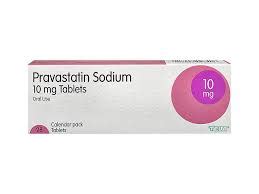
Pravastatin works by inhibiting the enzyme HMG-CoA reductase, which plays a critical role in the production of cholesterol in the liver. By blocking this enzyme, pravastatin reduces the amount of cholesterol produced by the liver, leading to a decrease in the amount of LDL cholesterol in the blood. This, in turn, helps to slow the progression of atherosclerosis and reduce the risk of cardiovascular disease. In addition to its effects on cholesterol production, pravastatin has been shown to have anti-inflammatory properties, which may contribute to its overall cardiovascular benefits.
Benefits of Pravastatin
The benefits of pravastatin are numerous and well-documented. Some of the key advantages of using pravastatin include: * Reduced risk of heart attacks and strokes * Slowed progression of atherosclerosis * Improved blood lipid profiles * Anti-inflammatory effects * Relatively favorable safety profileTherapeutic Applications of Pravastatin
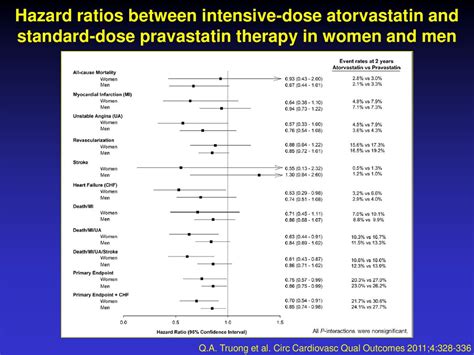
Pravastatin is primarily used to manage high cholesterol and reduce the risk of cardiovascular disease. It is often prescribed to patients with:
- High LDL cholesterol levels
- Low HDL (high-density lipoprotein) cholesterol levels
- High triglyceride levels
- A history of cardiovascular disease
- Diabetes or other conditions that increase the risk of cardiovascular disease
Pravastatin Dosage and Administration
The dosage and administration of pravastatin vary depending on the individual patient's needs and medical history. Typically, pravastatin is taken once daily, with or without food. The recommended starting dose is usually 20-40 mg per day, although this may be adjusted based on the patient's response to treatment and their overall health status.Side Effects of Pravastatin
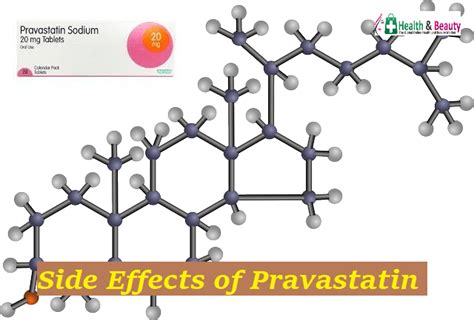
While pravastatin is generally well-tolerated, it can cause side effects in some patients. Common side effects of pravastatin include:
- Headache
- Fatigue
- Muscle pain
- Nausea and vomiting
- Diarrhea
- Abdominal pain
Interactions with Other Medications
Pravastatin can interact with other medications, including: * Warfarin * Cyclosporine * Erythromycin * Clarithromycin * Itraconazole * KetoconazolePravastatin and Cardiovascular Disease
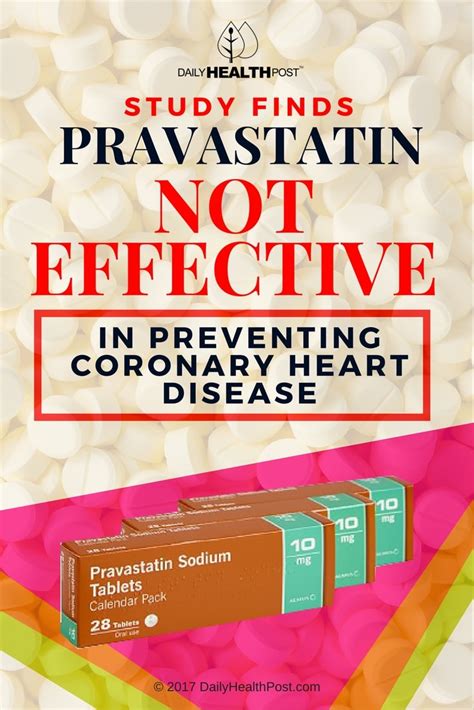
The relationship between pravastatin and cardiovascular disease is complex and multifaceted. By reducing LDL cholesterol levels and slowing the progression of atherosclerosis, pravastatin helps to decrease the risk of heart attacks, strokes, and other cardiovascular events. Additionally, pravastatin's anti-inflammatory properties may contribute to its overall cardiovascular benefits.
Pravastatin and Cholesterol-Lowering
Pravastatin is highly effective at lowering LDL cholesterol levels, with reductions of 20-30% or more commonly observed. This, in turn, helps to slow the progression of atherosclerosis and reduce the risk of cardiovascular disease. Additionally, pravastatin has been shown to increase HDL cholesterol levels and reduce triglyceride levels, further contributing to its cardiovascular benefits.Pravastatin and Other Health Conditions
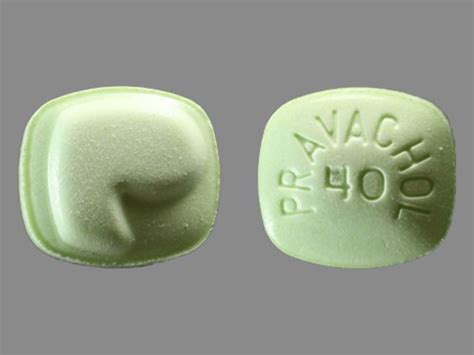
In addition to its cardiovascular benefits, pravastatin may have benefits for other health conditions, including:
- Diabetes
- Hypertension
- Kidney disease
- Liver disease
Pravastatin and Pregnancy
Pravastatin is generally not recommended during pregnancy, as it may cause harm to the developing fetus. Women who are pregnant or breastfeeding should consult their doctor before taking pravastatin.Conclusion and Future Directions
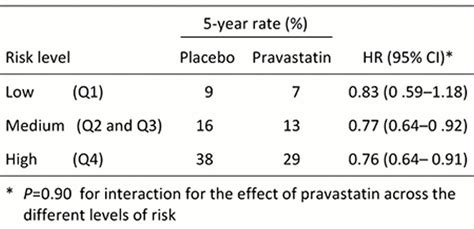
In conclusion, pravastatin is a highly effective medication for managing high cholesterol and reducing the risk of cardiovascular disease. Its benefits are numerous and well-documented, and it has become a staple in the management of lipid disorders and the prevention of cardiovascular disease. As research continues to uncover the mechanisms of action and therapeutic applications of pravastatin, it is likely that this medication will remain a vital tool in the fight against cardiovascular disease.
Final Thoughts
Pravastatin is a powerful medication that has been shown to have a significant impact on cardiovascular health. By reducing LDL cholesterol levels, slowing the progression of atherosclerosis, and decreasing the risk of heart attacks and strokes, pravastatin has become an essential component of cardiovascular disease management. As we continue to learn more about the benefits and uses of pravastatin, it is clear that this medication will remain a vital tool in the prevention and treatment of cardiovascular disease.What is pravastatin used for?
+Pravastatin is used to manage high cholesterol and reduce the risk of cardiovascular disease.
How does pravastatin work?
+Pravastatin works by inhibiting the enzyme HMG-CoA reductase, which plays a critical role in the production of cholesterol in the liver.
What are the benefits of pravastatin?
+The benefits of pravastatin include reduced risk of heart attacks and strokes, slowed progression of atherosclerosis, improved blood lipid profiles, anti-inflammatory effects, and a relatively favorable safety profile.
What are the side effects of pravastatin?
+Common side effects of pravastatin include headache, fatigue, muscle pain, nausea and vomiting, diarrhea, and abdominal pain.
Can pravastatin be used during pregnancy?
+Pravastatin is generally not recommended during pregnancy, as it may cause harm to the developing fetus.
We hope this article has provided you with a comprehensive understanding of pravastatin and its uses. If you have any further questions or would like to share your experiences with pravastatin, please don't hesitate to comment below. Additionally, if you found this article informative, please share it with others who may benefit from this information.
